Terminating Neurotransmitter Action
Caleb Bevan
Objective 6: Summarize the methods used by neurons to terminate neurotransmitter action.
If neurotransmitter were to be left in the synaptic cleft, it would keep binding — and activating — postsynaptic receptors over and over again. Although there are rare circumstances where this might be desirable, in general, neurons want neurotransmitter action to last only a very short period of time.
A number of different mechanisms exist for terminating neurotransmitter action. In general, they are grouped into two categories: reuptake by the presynaptic cell and/or astrocytes, and enzymatic breakdown in the synaptic cleft.
Reuptake by the presynaptic cell is often followed by inactivation of the neurotransmitter by enzymes within the presynaptic cell. For example, the monoamine neurotransmitters (dopamine, norepinephrine, epinephrine, and serotonin) are broken down by the enzymes monoamine oxidase (MAO) and catecholamine O-methyltransferase (COMT). MAO is associated with mitochondria, while the precise localization of COMT is still unclear. MAO inhibitors were one of the first categories of drugs used to treat depression.
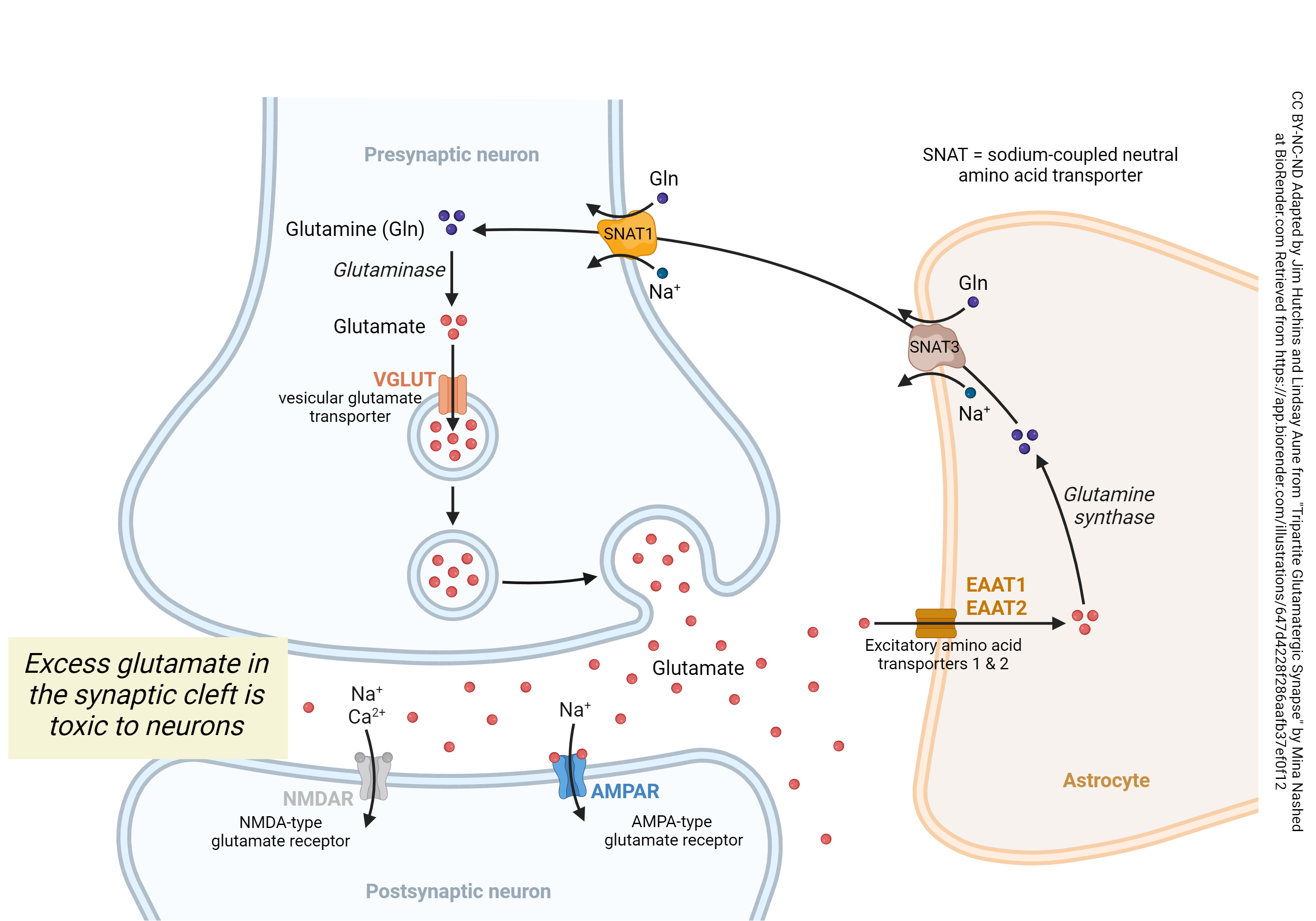
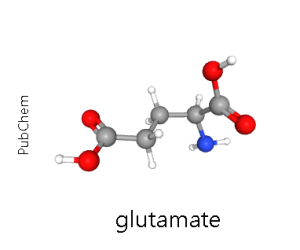 Glutamate is also removed from synapses by a reuptake mechanism — with a twist. Glutamate is taken up by astrocytes that surround the synapse, and converted to glutamine which differs from glutamate in the substitution of an amino group for an oxygen.
Glutamate is also removed from synapses by a reuptake mechanism — with a twist. Glutamate is taken up by astrocytes that surround the synapse, and converted to glutamine which differs from glutamate in the substitution of an amino group for an oxygen.
Glutamine cannot interact with glutamate receptors. Excess glutamate is toxic to neurons, and so conversion to glutamine is important.
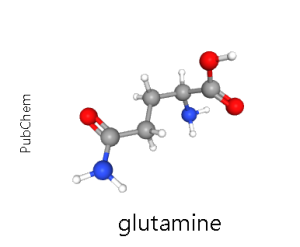
The harmless amino acid glutamine can then be passed from astrocytes to the presynaptic neuron and taken up by transporter systems. Once glutamine is safely inside the presynaptic glutamatergic (“glutamate-using”) terminal, it is quickly converted back to glutamate and packaged into vesicles as described previously.
The serotonin transporter (SERT) has been the target of drugs that treat clinical depression. Drugs known as selective serotonin reuptake inhibitors (SSRIs), such as Celexa®, Lexapro®, or Prozac®, block the SERT and thereby make more serotonin available for longer at the serotonergic synapse.
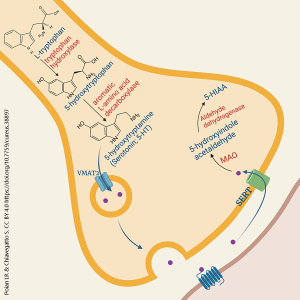 The complete cycle by which serotonin is made, packaged, released, and taken up is shown here. Serotonin is made from the amino acid L-tryptophan in a two-step process: first a hydroxyl (–OH) group is added to the six-carbon ring of tryptophan (upper left in this diagram); then, the carboxyl (–COOH) group (upper right) is removed from the original amino acid, leaving 5-hydroxytryptamine (5-HT), the chemical name for serotonin. Serotonin is packaged into vesicles by the vesicular monoamine transporter type 2 (VMAT2) and released on demand, where in almost all cases it reacts with a G protein-coupled receptor with seven transmembrane helices.
The complete cycle by which serotonin is made, packaged, released, and taken up is shown here. Serotonin is made from the amino acid L-tryptophan in a two-step process: first a hydroxyl (–OH) group is added to the six-carbon ring of tryptophan (upper left in this diagram); then, the carboxyl (–COOH) group (upper right) is removed from the original amino acid, leaving 5-hydroxytryptamine (5-HT), the chemical name for serotonin. Serotonin is packaged into vesicles by the vesicular monoamine transporter type 2 (VMAT2) and released on demand, where in almost all cases it reacts with a G protein-coupled receptor with seven transmembrane helices.
To terminate serotonin’s action, the SERT takes up serotonin where the enzyme monoamine oxidase and another enzyme act on it, making it no longer active at synapses.
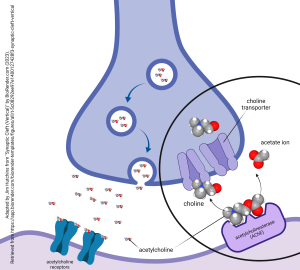
Acetylcholine (ACh) released at cholinergic synapses is inactivated in a completely different way. Acetylcholine is made from acetate and choline by the enzyme choline acetyltransferase (ChAT) and packaged into vesicles by the vesicular acetylcholine transporter (VAChT). In response to presynaptic stimulation, ACh is released from vesicles and may interact with either nicotinic (nAChR) or muscarinic (mAChR) acetylcholine receptors. Then, free acetylcholine in the synaptic cleft is broken down into acetate ion and choline by the enzyme acetylcholinesterase (AChE). Neither choline nor acetate ion interacts with receptors on the postsynaptic cell, so this enzymatic cleavage ends the action of ACh.
Choline is in short supply (acetate ion is not), and so choline is immediately taken back up into the presynaptic terminal where it is combined with the abundant acetate ions to form ACh, and the cycle begins again.
Choline uptake is the rate-limiting step in acetylcholine synthesis. That is, the entire cycle can only proceed as quickly as choline is taken up. In most neurotransmitter systems, the rate-limiting step is an enzymatic step (e.g. tyrosine hydroxylase for catecholamine synthesis).
Examples of Presynaptic Membrane Transporters
Glutamate/aspartate transporters
Excitatory amino acid transporters (EAAT) types 1-5
GABA transporters
GABA transporter (GAT) types 1-3
Betaine transporter (BGT1)
Glycine transporters
Glycine transporter (GlyT) types 1-2
Monoamine transporters
Dopamine transporter (DAT)
Norepinephrine transporter (NET)
Serotonin transporter (SERT)
Adenosine transporters
Equilibrative nucleoside transporter (ENT) types 1-4
Media Attributions
- Management of Glutamate at the Synapse © Lindsey Aune and Mina Nashed adapted by Jim Hutchins is licensed under a CC BY-NC-ND (Attribution NonCommercial NoDerivatives) license
- Glutamic-Acid © PubChem is licensed under a Public Domain license
- Glutamine © PubChem is licensed under a Public Domain license
- Serotonin reuptake and degradation © Leila R Poian & Silvana Chiavegatto is licensed under a CC BY (Attribution) license
- Acetylcholinesterase at cholinergic synapse © BioRender adapted by Jim Hutchins is licensed under a CC BY-NC-ND (Attribution NonCommercial NoDerivatives) license

